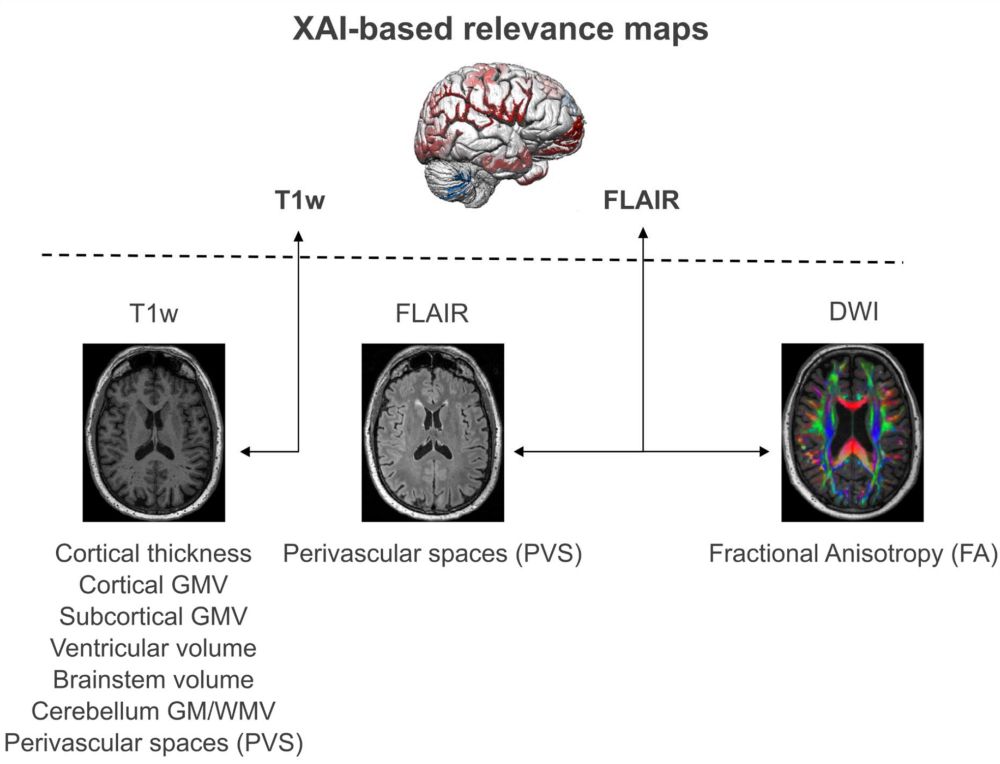
Features like chin-cheek distance, eye size, nose shape 🤥, and face-width-height ratio (especially in 3D) explained much of the variance in the human judgments.
(image: DALL-E)
(4/n)
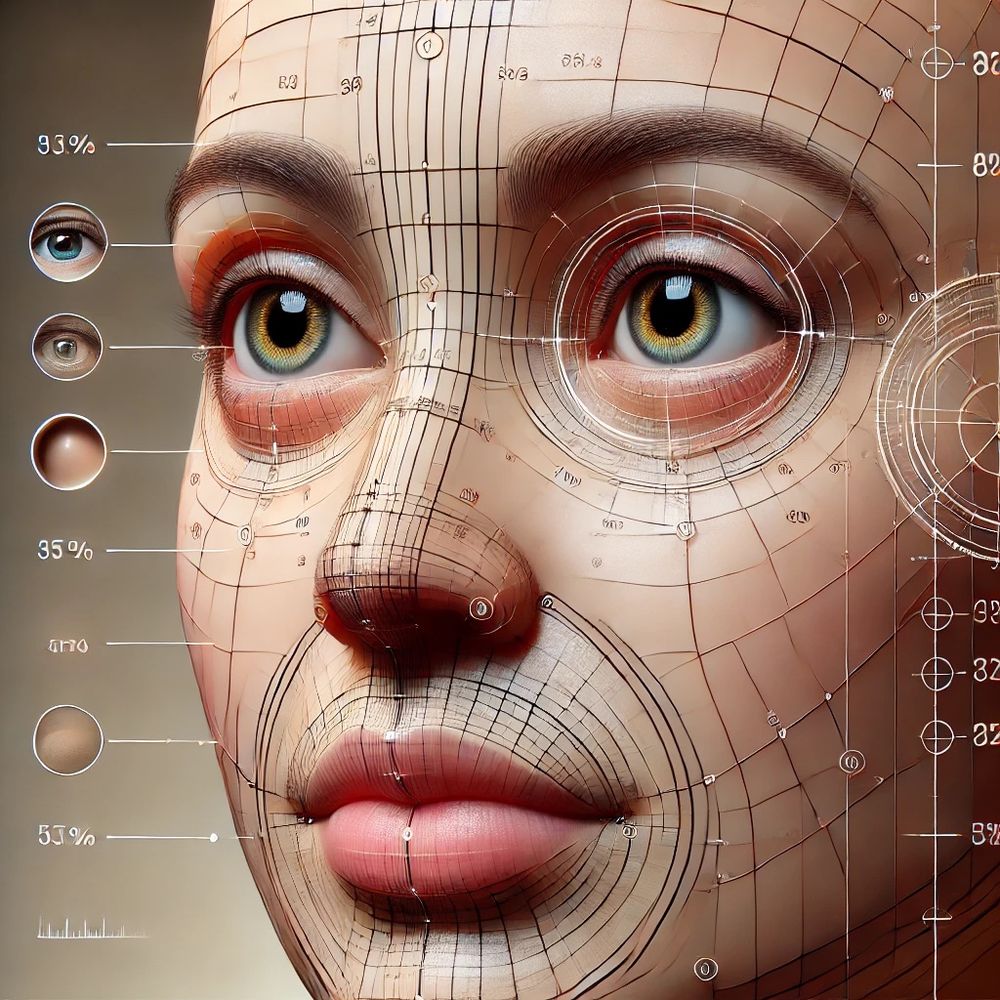
Features like chin-cheek distance, eye size, nose shape 🤥, and face-width-height ratio (especially in 3D) explained much of the variance in the human judgments.
(image: DALL-E)
(4/n)
However, ...
(3/n)
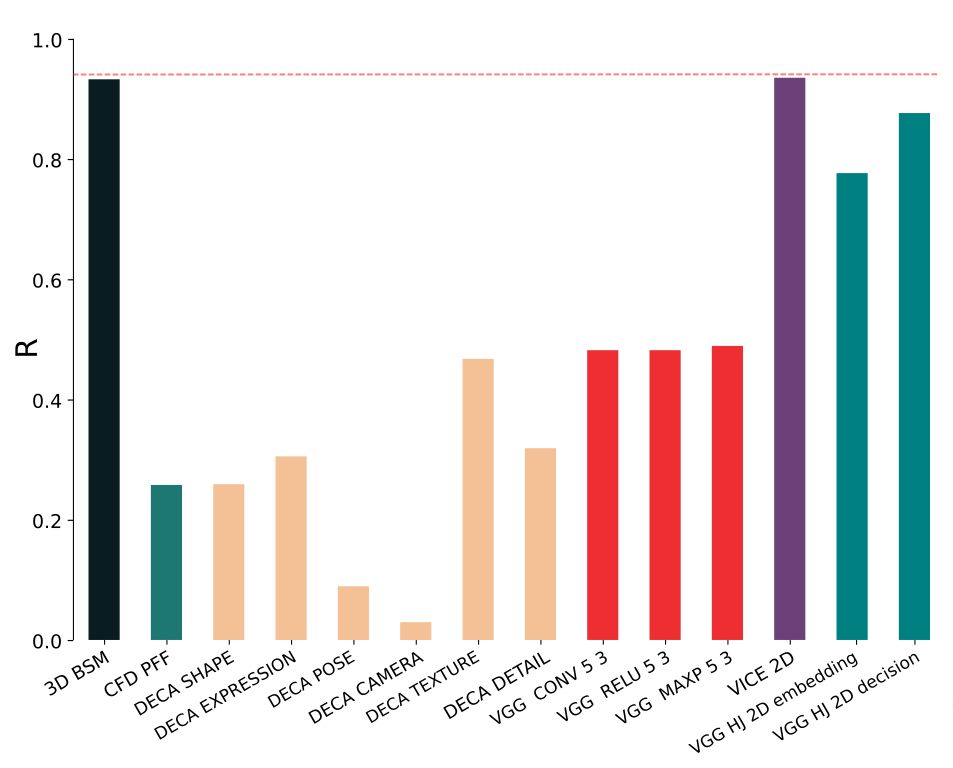
However, ...
(3/n)
We then trained sparse (#VICE, @lukasmut.bsky.social) and deep encoding models (#VGG-Face) to investigate the latent representations underlying human face similarity judgments.
#alignment
(2/n)
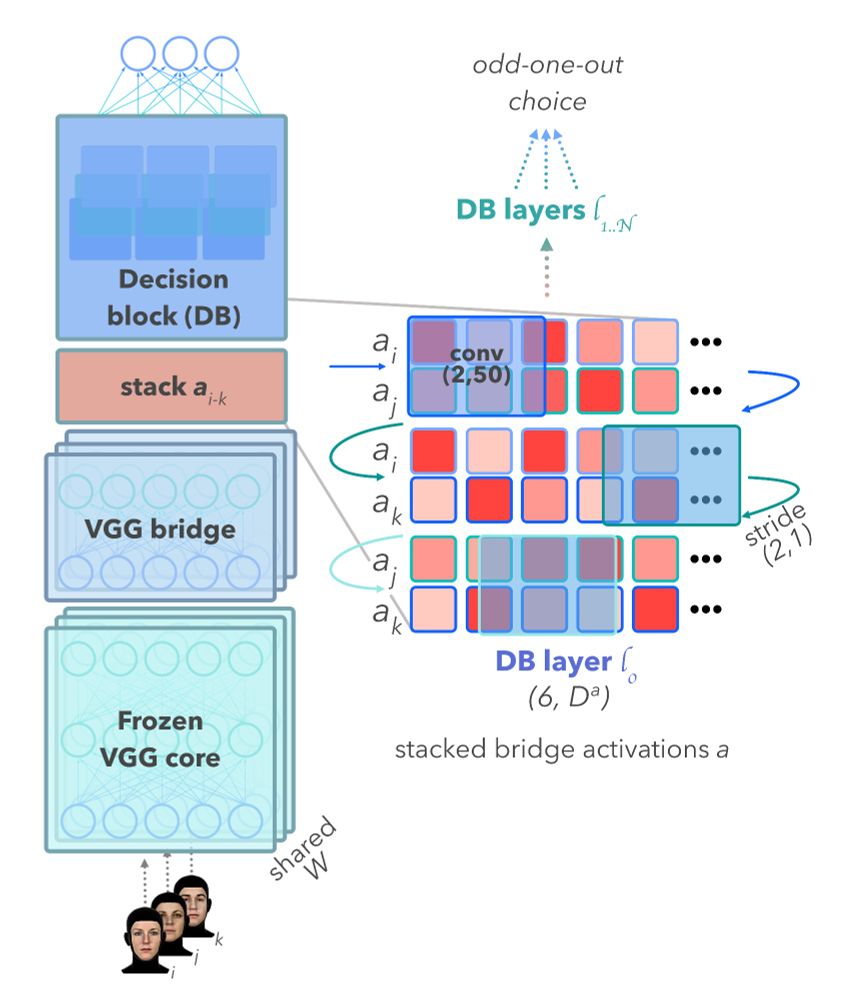
We then trained sparse (#VICE, @lukasmut.bsky.social) and deep encoding models (#VGG-Face) to investigate the latent representations underlying human face similarity judgments.
#alignment
(2/n)
In this study, we investigated how face similarity judgments are affected by dynamic 3D vs. static 2D conditions 🗿.
Preprint: doi.org/10.31234/osf...
#FacePerception #3D #CognitiveScience #similarity #NeuroAI
(1/n)
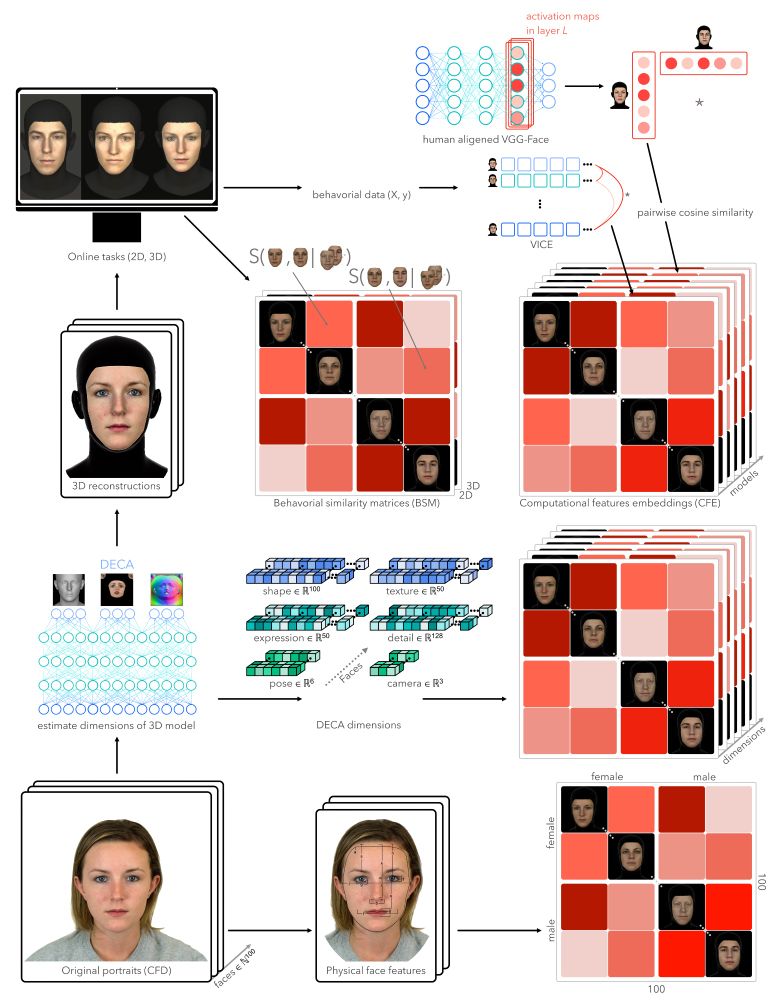
In this study, we investigated how face similarity judgments are affected by dynamic 3D vs. static 2D conditions 🗿.
Preprint: doi.org/10.31234/osf...
#FacePerception #3D #CognitiveScience #similarity #NeuroAI
(1/n)


